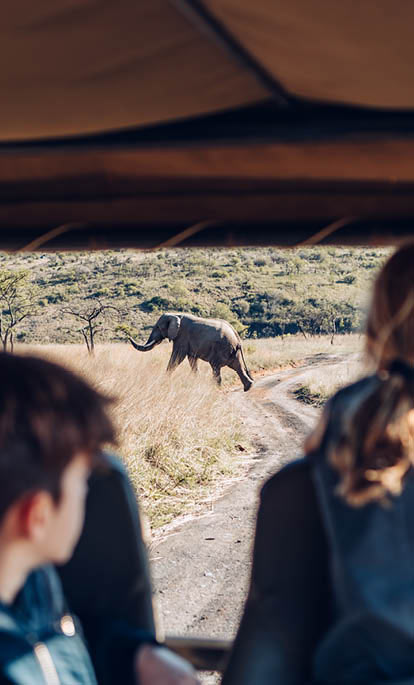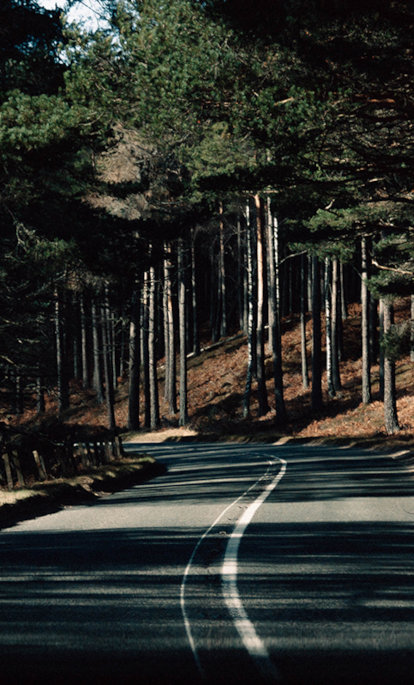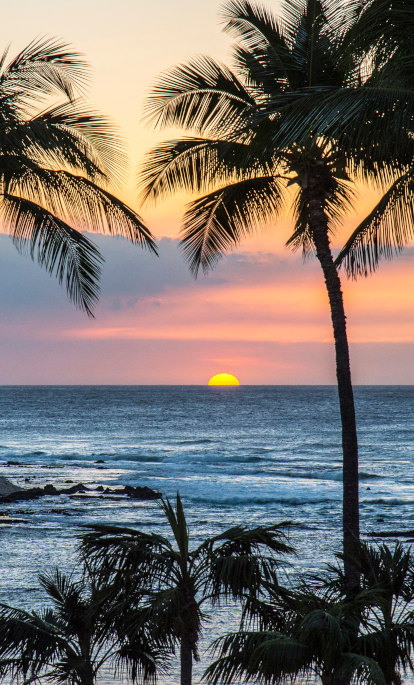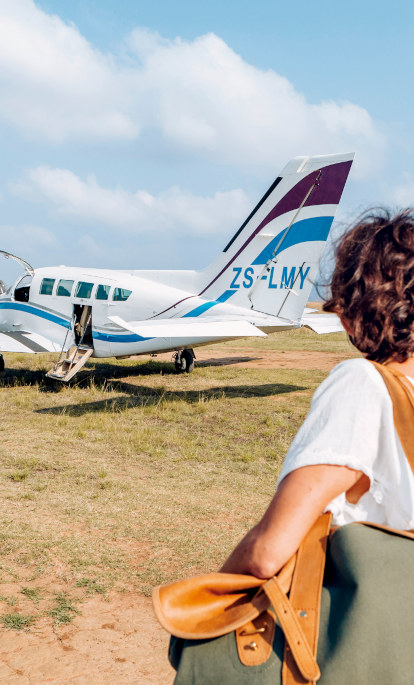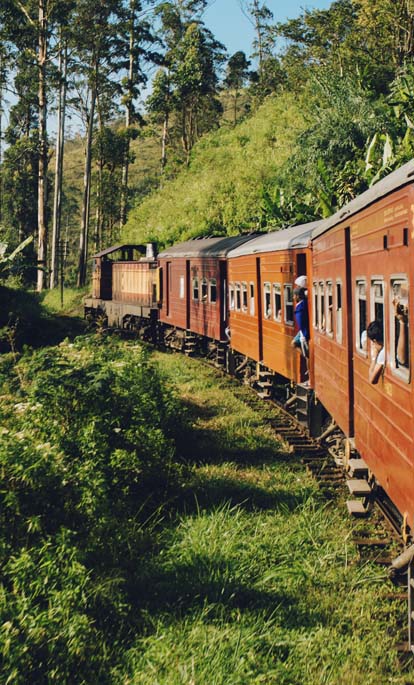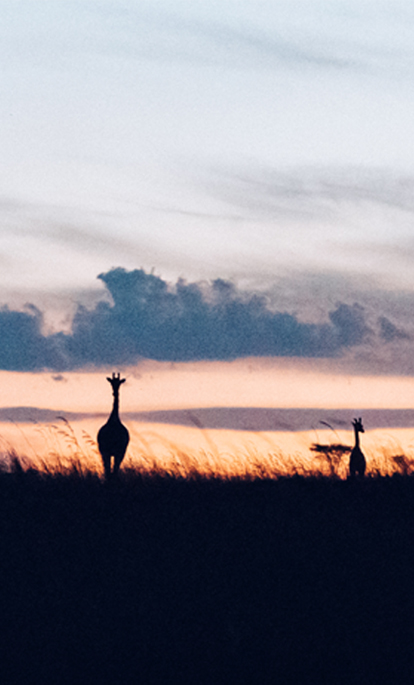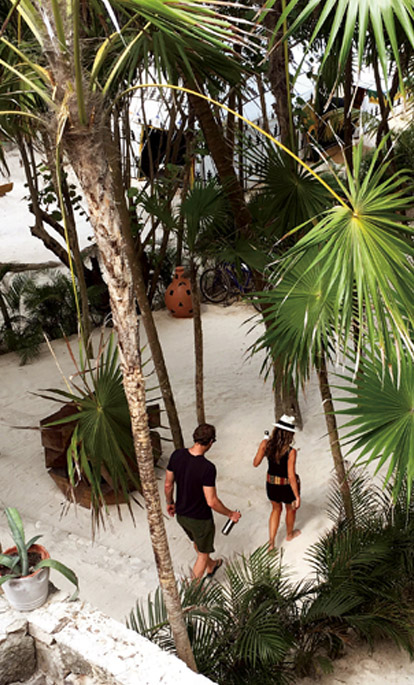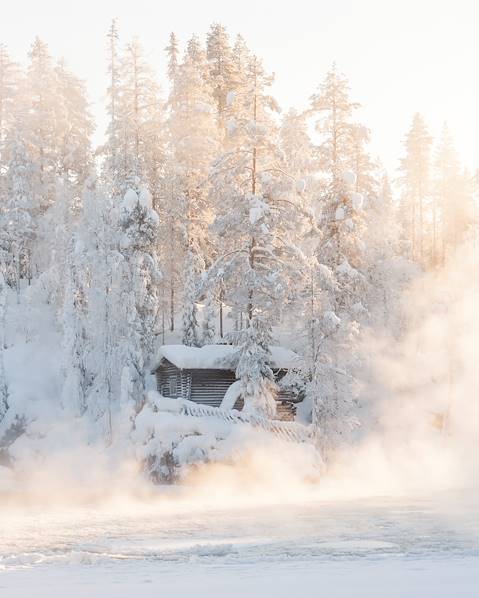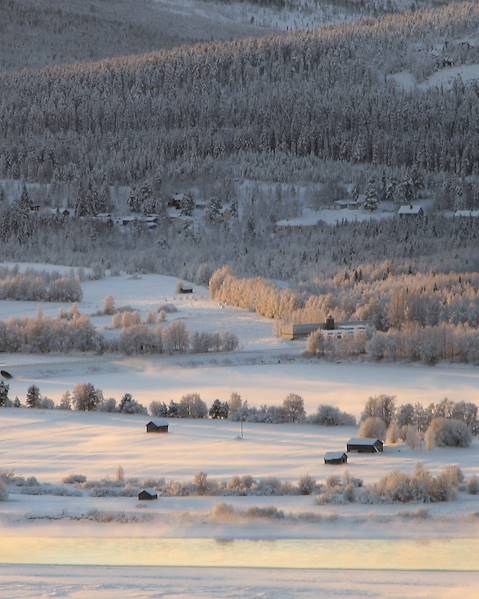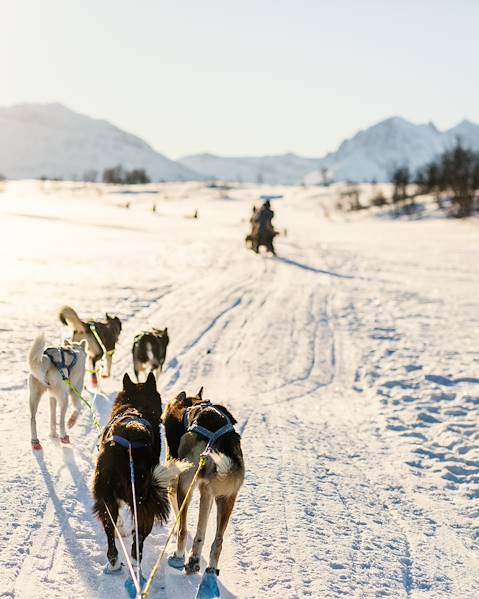A land of contrasts and extraordinary culture, Finland combines rugged wilderness, contemporary design and epicurean excellence, dusted with a sprinkling of snow. Visit in winter for husky-drawn sleigh rides, tranquil sauna sessions and festive encounters with Father Christmas, or in summer for city-based exploration, enchanting forest hikes and island hopping across the Åland Archipelago. Whichever time of year you choose to visit this intriguing Nordic nation, here are some key things to know before travelling to Finland.
Climate & Weather in Finland
Finland delights in both summer and winter, and activities will vary depending on when you choose to travel. Summers are mild, while winter can be extremely cold, harsh, snowy and cloudy, with particularly low temperatures during January and February. For those who wish to take part in snow-based activities, November to April is the best time visit, and throughout the year temperatures tend to range from -8°C to 21°C. Finland is also affected by the Midnight Sun phenomenon, with translucent light permanently illuminating the sky from mid-May to mid-August, meaning the sun hardly sets in summer.
Food & Drink in Finland
Finnish cuisine combines traditional country fare with a more continental and contemporary style of cooking. Fish or meat (usually pork, beef or reindeer) are often the centrepiece of dishes, with mushrooms and potatoes commonly used alongside them in recipes. Ruisleipä (rye bread) is a staple, served with smoked fish and cheese. Other traditional foods include karjalanpiirakka (pastry filled with mashed potato or rice pudding), mykyrokka (blood dumpling soup), salmiakki (salty liquorice) and korvapuusti (cinnamon buns). In Lapland, poronkäristys (sautéed reindeer) and lohikeitto (salmon soup with cream) are regional specialities. Most big towns have a kauppahalli (covered market hall), where you can buy snack-like lunches and local deli produce. Popular alcoholic drinks include Kilju (made from water, yeast and sugar) and Lakka (cloudberry liqueur), while milk is considered the national drink of Finland.
Language in Finland
Finnish and Swedish are the official languages of Finland, with the majority of the population speaking Finnish. There are also several minority languages, including Sami, Romani and Karelian. English is widely spoken throughout the country.
Transport in Finland
Finland has excellent public transport, both locally and nationally, with modern, comfortable trains and a comprehensive bus network that covers more than 90% of public roads. Trains are reliable and frequent through most parts of the country, except for the most northern parts of Lapland (although buses do operate here). Helsinki is served by a Light Rail System.
Health & Safety in Finland
Finland is generally a very safe country and crime levels are low. Although, as in every busy city, you should be mindful of your belongings as pickpockets may operate in crowded areas. Beyond the cities, the country is a wild place and the climate can be extreme, so be vigilant when it comes to wearing the correct thermal clothing to avoid hypothermia or frostbite in Lapland and the Arctic north (where temperatures can drop to -30°C). Always plan hikes in advance, take a good map and compass, and inform someone of your route if heading out into the national parks (or let us arrange an expert local guide for you). Driving is another hazard and can be dangerous during winter, so make sure to have snow tyres on and an engine heater (which we can also help arrange, of course). Beware of wildlife on roads when driving to avoid collisions.
Etiquette in Finland
The people of Finland are usually more reserved when it comes to greeting one another; making eye contact and shaking hands is a standard greeting, while close acquaintances tend to hug one another. Generally, Finns may appear to be less chatty than other cultures and silence is rarely considered to be awkward, so don’t always feel to need to fill it with small talk. Saunas, in particular, demand respect and rowdy behaviour or loud talking isn’t allowed. Finland is a very punctual nation, so ensure you’re on time for bookings.
Must-sees in Finland
- Suomenlinna Fortress – dating back to the 18th-century, Suomenlinna is one of the world’s largest sea fortresses and now a UNESCO World Heritage site. It can be reached via a 15-minute ferry ride from Helsinki’s Market Square.
- Kauppatori (Market Square) and Esplanadi – located on the waterfront, the Market Square is Helsinki’s most famous market and an integral part of the city, while nearby Esplanadi is the most well-known park and green heart of Helsinki.
- Rovaniemi and Finnish Lapland – the city of Rovaniemi is nicknamed the ‘Gateway to the Arctic’ and is also known as the home of Father Christmas. Visit for an array of snow-based activities, such as dog-sledding, and to experience Finland’s renowned sauna tradition.
- Northern Lights – a truly once-in-a-lifetime experience, the best place to catch a glimpse is near the north of the Arctic Circle, between September and March.
- Åland Archipelago – a network of bridges and ferries connect the islands, which are blessed with white-sand beaches and scenic cycle routes, ideal for exploring during summer.
Things to Bring to Finland
In terms of clothing, practical, comfortable and sustainable are the keywords, and your outfits need to be able to withstand the extremes of the seasons and your choice of activities. There’s no need to bring lots of fancy clothes; loose layers, thermals and good walking shoes are the best options. If visiting during summer, make sure to bring bug spray (and maybe even a mosquito net), as mosquitoes, sandflies, midges and horse flies are prevalent at this time, especially near lakes and forests.
